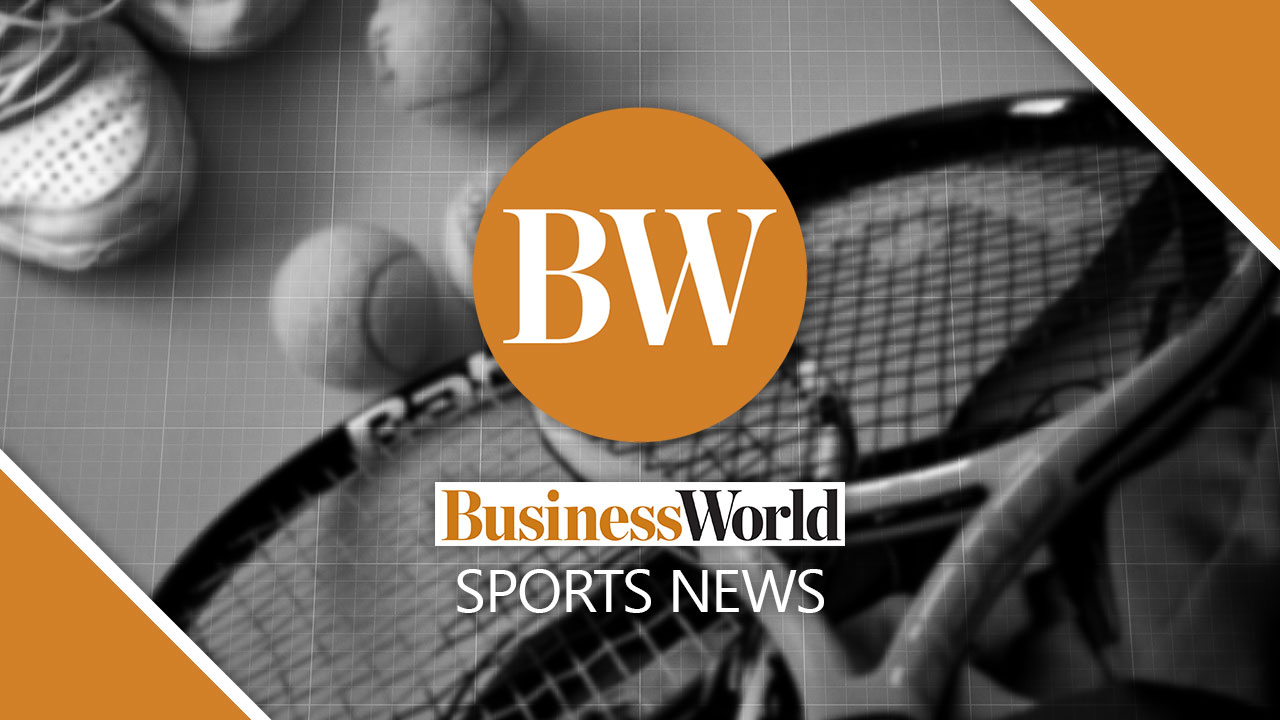
Courtside
By Anthony L. Cuaycong

It’s a testament to Serena Williams’ accomplishments that she’s ranked 20th in the world despite a pronounced inability to perform with consistency. In the last five years, she has had to deal with a variety of ailments, advancing age, and the demands of motherhood while aiming to remain relevant on the court. For those from the outside looking in, however, it bears noting that she claimed her last two Grand Slam championships early in the period; her Australian Open victory in 2017 is the last of her professional-era-record 23 major titles.
The question, of course, is whether Williams can still add to her total, second only to Hall of Famer Margaret Court’s 24 all time. On surface, the answer would seem obvious; after all, she’s already 40, way beyond rocking chair eligibility by the standards of competitive sports. Needless to say, the detriment is not in the very number, but in its attendant handicaps. Certainly, it makes the body more susceptible to damage, and, just as importantly, less inclined to respond to treatment and recovery measures.
Which, in a nutshell, explains Williams’ withdrawal from the United States Open. As she explained in an Instagram post, her decision stems from a need to “allow my body to heal completely from a torn hamstring.” Tweeted longtime coach Patrick Mouratoglou, “we’ve done everything we could so that she could compete at the @usopen. But her body isn’t ready. It is heartbreaking, but this is the only possible decision.”
Significantly, Williams’ leg injury is a lingering one. When she competed in Wimbledon two months ago, she had heavy strapping on her right thigh and was forced to pull out in the middle of the first round after a slip seemed to aggravate her condition. Convalescence followed, but very slowly, and evidently not enough for her to feel confident trekking to Flushing Meadows. Outside of the risks of a premature comeback, her primary consideration is her to win: Is she healthy enough to make a run for the hardware? At this point, it’s all or nothing for her.
To be sure, Williams has nothing left to prove — at least to everybody else. She’s already the greatest player of all time, Court’s one-major advantage notwithstanding. And given her success and standing even with her racket in storage, she can exit the stage with her head held high. Clearly, though, she loves the game, and to the point where she wants to keep giving back to it until she has nothing left in the tank. As to when that is, she believes only she can tell.
Anthony L. Cuaycong has been writing Courtside since BusinessWorld introduced a Sports section in 1994. He is a consultant on strategic planning, operations and Human Resources management, corporate communications, and business development.